With the raw umber color being a very popular option for oil painting, acrylic painting, watercolor work, and a wide range of other popular arts and crafts, it is easy to see why we see so many requests for different color comparisons against other popular colors. Due to so many people reaching out each month, we have decided to publish this article going over the top eight requested Raw Umber color combinations to try and help our readers settle on the best option for their needs.
As we go through the article, we will show a sample of how raw umber both compliments and blends with the other color option so you are able to better visualize the possibilities for your own work. As you can probably guess, some of the combinations are definitely better than others so we hope that we are able to help our readers find the perfectly complimentary color.
On top of this, raw umber in itself is a very popular color option that is used by artists all over the world to cool dark browns in their artwork. That said though, a huge amount of the raw umber that is created is usually used to create the burnt umber colors. This conveniently brings us on to our first color combination as raw umber and burnt umber are both commonly used together in the same piece of art work.
Raw Umber Vs Burnt Umber

As you can see from the sample above, burnt umber can complement raw umber well with its slightly richer and darker tones. Although the differences are subtle, they definitely make a powerful combination that has a wide range of uses in a number of different types of artwork making it very popular amongst the community.
Although the iron oxide and manganese oxide are both in raw umber, they only produce subtle tones until they are headers to a certain temperature and calcified. Being put through this process is where the name burnt umber comes from as the heating process intensifies the intensity of the iron oxide and manganese oxide to bring out the reddish colors to offer different uses in your artwork.
Although many people will carry both raw and burn umber in their collections of paints due to both being great options for earthy colors, the discussions on the better option between the two can become quiet heated with the community being split around 50/50 between their preferences. In our opinion, both are great options that work well as stand alones, with each other, and with other colors so it is well worth having both in your collection.
Raw Umber Color Code – #826644
Burnt Umber Color Code – #8a3324
Raw Umber Vs Burnt Sienna
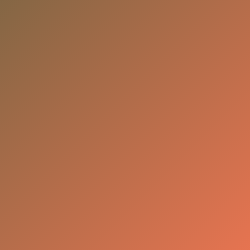
Burnt sienna is one of the more popular colors on our list that has a huge range of popular uses with a number of different colors. Depending on your goals for your current piece of artwork, burn sienna can work well with raw umber while also having a wide range of uses without the raw umber color being involved too.
The process of creating burnt sienna is very similar to creating burnt umber as covered earlier in the article. Essentially, you take raw sienna and then heat it to a certain temperature to calcify it and the iron oxide becomes a dominant color resulting in the redder tones in the color.
As a stand alone coloring option both raw umber and burnt sienna do tend to have slightly different use cases with burn sienna usually being used when mixed with other colors although sometimes it is mixed with raw umber for under-drawing and blocking-in. In our opinion, personal preference will come into play when it comes to choosing between raw umber and burnt sienna but burnt sienna does tend to have more variety of speciallist uses when mixed with other colors where as raw umber tends to be used more for generic purposes.
Raw Umber Color Code – #826644
Burnt Sienna Color Code – #E97451
Raw Umber Vs Raw Sienna
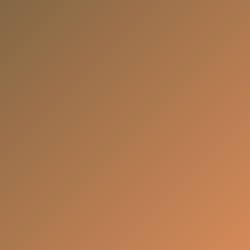
Raw sienna is another one of the classic earth colors that the vast majority of people tend to carry in their collection as standard. As you can see from the sample above, there are clear tonal differences between both raw sienna and raw umber that will dictate how you will use them in your art while a blend of the two can also have a number os uses too.
As we mentioned above, burnt sienna has the darker tons in it due to the iron oxide having been calculated during the burning process to bring out the stronger shares of red. Raw sienna is more of an orange although its hue can sometimes look like a dark yellow depending on the source of raw sienna that you use for your artwork.
The undertones found in raw sienna changed in the early 1990’s too due to the main mine where the ore was mined in Italy just south of Siena (the name sake for the color) running dry. This can also make it a little difficult to duplicate some of the more famous artwork that is known to use raw sienna in it due to the slight color changes over time.
Both raw umber and raw sienna definitely have their place in your art collection as they have strong independent uses, can be used when mixed together, and can also be used when mixed with other colors too. Personal preference will come into play if you only have the budget to add one of the colors to your collection right now too but most people would probably go with adding the raw sienna if they can only take one option.
Raw Umber Color Code – #826644
Raw Sienna Color Code – #d68a59
Raw Umber Vs Yellow Ochre
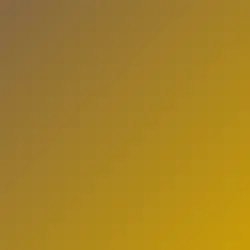
Yellow ocher is the dull yellow of the more common earth colors and although it can go well with raw umber in the same piece of art, both raw umber and yellow ochre can b a pain to mix togeather to get the end result to work well as a single color. Due to this, the majority of people with tend to use them as a stand alone option or to mix with other colors that go better with each to help bring their artwork togeather.
As both are popular earth tones they have their place in landscape painting but can be used in a number of other types of artwork too. The fact that yellow ochre is usually more opaque than raw umber as well as tends to have a stickier feel to it once dry can push some people to avoid it too but this is becoming rarer and rarer as yellow ochre formulas are improved over time.
That said though, there are a number of popular yellows that you are able to use in place of yellow ochre for most situations. Although the same can be said for raw umber to some extent, there are some uses where raw umber or burnt umber are dominant and no alternative can even come close. Due to this, if you are only able to add one to your collection, go with either of the umber variants over the yellow ochre although many people do use both actively.
Raw Umber Color Code – #826644
Yellow Ochre Color Code – #cb9d06
Raw Umber Vs Van Dyke Brown
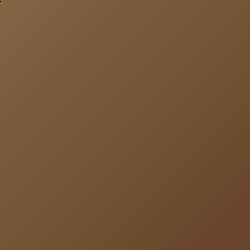
Van dyke brown is one of the more controversial colors on our raw umber comparison list as some paint brands will class it as the exact same color as burnt umber where as others class it as its own unique color. A real Van Dyke Brown is definitely different to burnt umber as it is more of a solid dark brown free from any of the reddish hints that burn umber has in it while being very similar to raw umber.
The popularity of van dyke brown definitely does seem to be in a lul right now with the majority of people tending to stick to Raw Umber instead of van dyke brown. As both colors are very similar to each other, you can easily choose one or the other rather than adding both of them to your collection with most people tending to stick with raw umber.
Raw Umber Color Code – #826644
Van Dyke Brown Color Code – #664228
Raw Umber Vs Sepia
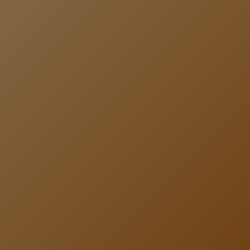
Sepia is another dark brown that is very similar to raw umber with many people either opting to add a raw umber paint or Sepia paint to their collection rather than both. As you can see from our color sample above, both are very similar to each other so it is easy to see why so many people take this route as a way to save money.
Although it is controversial and there is definitely arguments to be made for both colors, some people do tend to find that sepia is slightly easier to mix with other colors than raw umber. Although this can technically be correct, it is often due to the quality and price point of the pain that they are using rather than the actual color options they select.
Provided that you opt to go with a brand such as Winsor & Newton for your paints we doubt that you will have this issue and feel either color will mix as well as the other. When it comes to the color that you add to your collection, it can come down to personal preference due to both being so close to each other or if one color is on special and has a sale on at the time of purchasing.
Raw Umber Color Code – #826644
Sepia Color Code – #704214
Raw Umber Vs Maroon
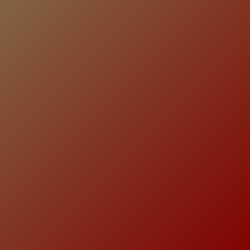
Both raw umber and maroon are very popular options for under-drawings with raw umber being more on the brown side where as maroon is more on the red side. Both colors are very versatile working well as a stand-alone, when mixed together, and when mixed with other color options.
Due to this, most people do tend to add both raw umber and maroon to their pain collections, especially if they will be using earthy colors on a regular basis in their artwork. As they both work so well in a wide range of situations while both having tonal differences for different use cases we would also recommend that our readers try to add both raw umber and Maroon to their collections too.
Raw Umber Color Code – #826644
Maroon Color Code – #800000
Raw Umber Vs Black
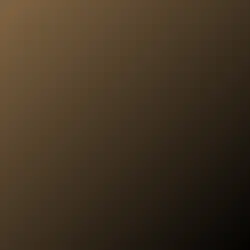
Due to black being one of the few colors that we consider to be essential in all artists kits, we would presume that the majority of the comparison requests that we see between raw umber and black are based more towards how they blend. Please keep in mind that our color sample above is based on a 50/50 split between raw umber and black for the mix, you can add less Black to change the end result as required.
Raw Umber Color Code – #826644
Black Color Code – 000000
Conclusion
That brings our article going over the most common raw umber color comparison requests that we see to an end. We hope that you have found it helpful and that we have been able to help you choose the color that you want to use for your artwork. We have tried to show how each of the colors both compliment and blend with raw umber throughout the article to offer you a better idea of what you are able to expect from your work if you are looking to blend them too.